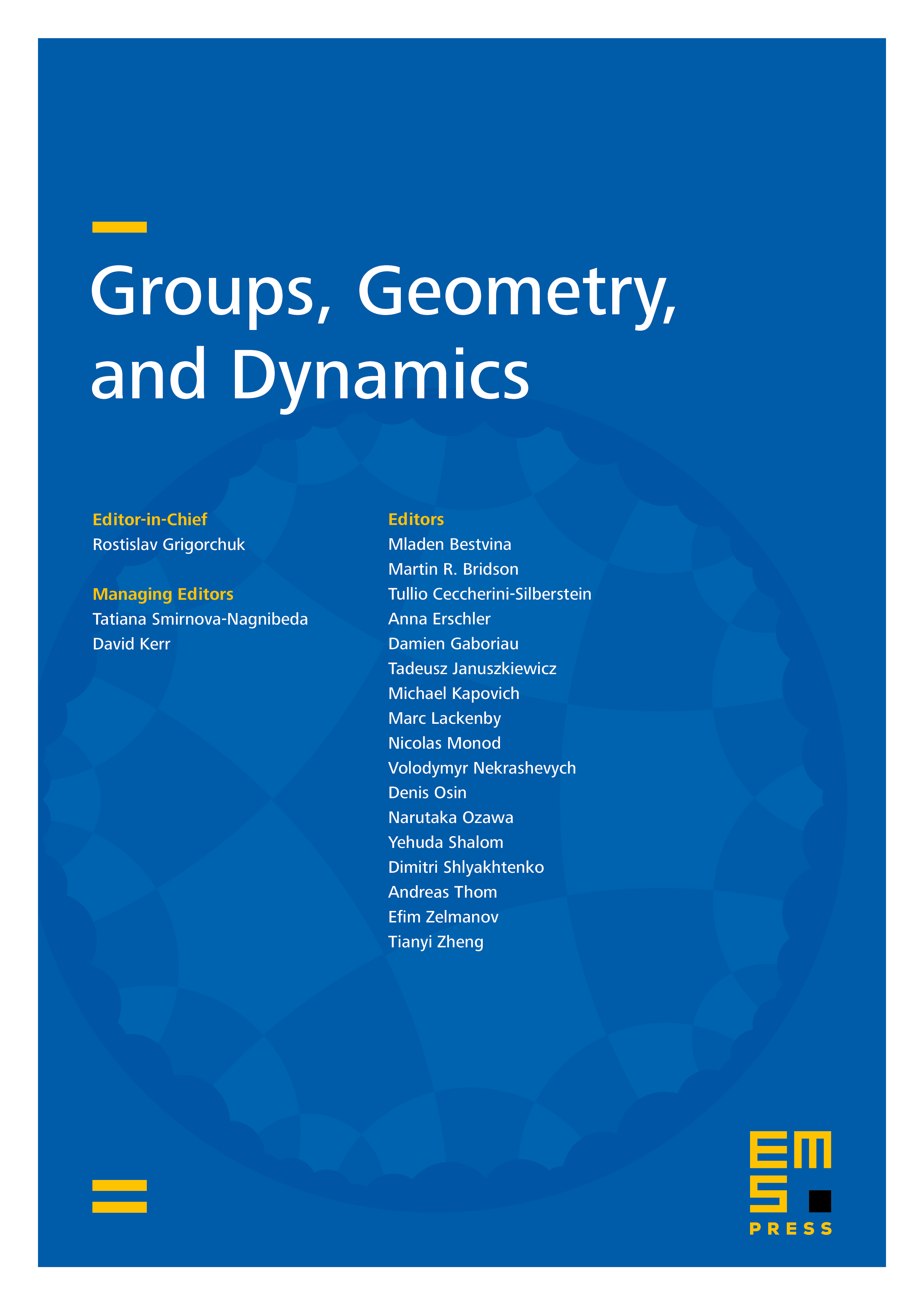Zeta functions and topology of Heisenberg cycles for linear ergodic flows
Nathaniel Butler
University of Victoria, Victoria, CanadaHeath Emerson
University of Victoria, Victoria, CanadaTyler Schulz
University of Victoria, Victoria, Canada

Abstract
Placing a Dirac–Schrödinger operator along the orbit of a flow on a compact manifold defines an -equivariant spectral triple over the algebra of smooth functions on . We study some of the properties of these triples, with special attention to their zeta functions. These zeta functions are defined for by , where is the uniformly continuous function on the real line obtained by restricting the continuous or smooth function on to the orbit of a point , and is the harmonic oscillator. The meromorphic continuation property and pole structure of these zeta functions are related to ergodic time averages in dynamics. In the case of the periodic flow on the circle, one obtains a spectral triple over the smooth irrational torus already studied by Lesch and Moscovici. We strengthen a result of these authors, showing that the zeta function extends meromorphically to for any element of the -algebra . Another variant of our construction yields a spectral cycle for and a spectral triple over a suitable subalgebra with the meromorphic continuation property if satisfies a Diophantine condition. The class of this cycle defines a fundamental class in the sense that it determines a KK-duality between and . We employ the local index theorem of Connes and Moscovici in order to elaborate an index theorem of Connes for certain classes of differential operators on the line and compute the intersection form on K-theory induced by the fundamental class.
Cite this article
Nathaniel Butler, Heath Emerson, Tyler Schulz, Zeta functions and topology of Heisenberg cycles for linear ergodic flows. Groups Geom. Dyn. 18 (2024), no. 2, pp. 463–500
DOI 10.4171/GGD/763